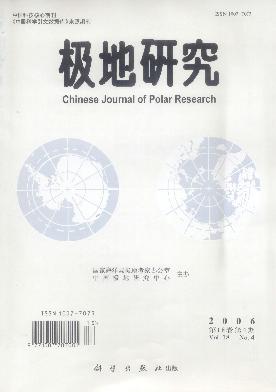Firstly,this paper retrospects the history of the research on Antarctic Digital Elevation Model(DEM) with the development of Satellite Altimetry,such as Seasat,Geosat,ERS-1/2 etc.The development of RAMP(Radarsat Antarctic Mapping Project)/DEM is introduced in detail which includes the data compilation and selection,analysis of the resultant DEM.Secondly,Chinese research on Antarctic DEM based on remote sensing data and survey data is introduced.Finally,the prospect of Antarctic DEM is presented with the development of Ice Cloud and Land Elevation Satellite(ICESat) and Cryosat.Although ESA's ice mission Cryosat was lost due to an anomaly in the launch sequence on October 8 of 2005,it is believed that another new Cryosat will be designed in the near future,which will make great contributions to the research on Antarctic DEM.

